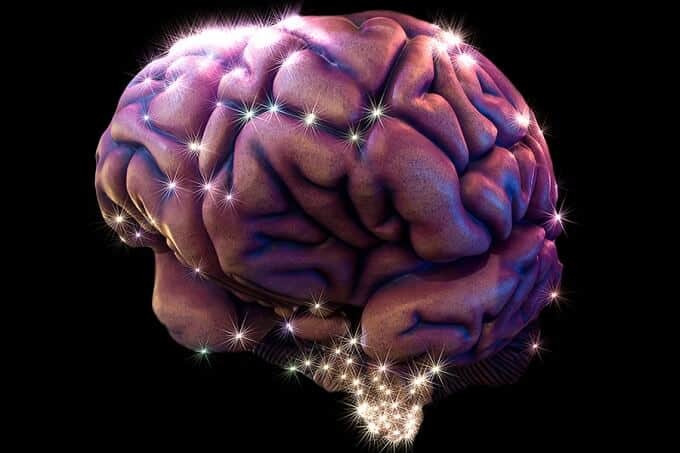Scientists studying addiction know that heroin and other opioids induce plasticity in brain cells. Now, UB researchers have made the novel discovery that in certain types of brain cells, drug-induced plasticity can work to reduce, rather than boost, motivation for heroin.
By providing new insights into how addiction changes the brain, the research could lead to novel approaches to treatments and potential new targets besides neurons.
“Most therapies have focused on the blocking or activating of receptors that bind drugs like heroin,” explains David Dietz, senior author of the paper and associate professor in the Department of Pharmacology and Toxicology in the Jacobs School of Medicine and Biomedical Sciences at UB. “While that approach may be effective in the short-term, it doesn’t get to the fundamental problem of what is addiction and how to prevent it, as well as prevent relapse.”
Published online last month in Neuropsychopharmacology, the paper describes how glial (non-neuronal) cells regulate both cellular and behavioral responses to heroin.
“Not much is known about glial cells in the context of addiction” says Dietz, a faculty member with UB’s neuroscience program. “In the addiction field, most neuroscientists focus on neurons. Very rarely have they studied glial cells in psychiatric diseases. This work demonstrates an essential role of glia in addictive behaviors, and offers us the ability to provide a new set of targets for future therapies toward the treatment of addiction.”
Dietz and his colleagues decided to study the potential role of glial cells in addiction when they found that RNA sequencing of tissue from heroin-addicted animals revealed changes in genes that are traditionally markers for a type of glial stem cell called oligodendrocyte precursor cells or OPCs.
Opiates and the prefrontal cortex
The research is likely the first to investigate how opiates affect adult OPCs in the brain’s prefrontal cortex, which is involved in complex cognitive behaviors and is a main target of addictive drugs.
“We found that many of the genes regulated by heroin aligned with the profile of OPCs, so something was going on with them,” he says.
OPCs, he explains, are cells that often become myelin, which is critical for efficient communication between neurons.
Dietz collaborated with his colleague Fraser Sim, associate professor in the Department of Pharmacology and Toxicology in the Jacobs School, and co-author on the paper. In 2014, Sim identified one of the genes, SOX10, as a “master switch” for the differentiation of these stem cells towards myelination.
To determine what was happening when genes encoding OPCs were exposed to heroin, the scientists overexpressed them in addicted laboratory animals using viral gene therapy.
Compensatory effect
The result was surprising: when either of the two genes, SOX10 or BRG1, was overexpressed, the animals’ motivation to take the drug was reduced.
“To our surprise, it reduced their drug-taking behavior,” Dietz says. “It looks like the brain is trying to reconnect and possibly readapt myelin to normalize function, although that would need to be directly tested in future studies.”
One way to think of what may be happening, he says, is to imagine that the brain is responding to exposure to drugs of abuse by attempting to reconnect with the brain’s other reward centers.
“As with any part of the body that sustains an insult, it seems that the addicted brain is trying to fix what went wrong,” he says. “Our hypothesis is that after exposure to heroin, the brain starts to upregulate OPCs in an attempt to fix the altered connectivity that occurs in the addicted states. It is possible that when we facilitated OPCs, we may have reversed some of the disconnect between the prefrontal cortex and the brain’s other reward regions.”
The research was funded by the National Institute on Drug Abuse of the National Institutes of Health.
Along with Dietz and Sim, other co-authors are J.A. Martin, A. Caccamise, C.T. Werner, R. Viswanathan, J.J. Polanco, A.F. Stewart and S.A. Thomas, all of the Department of Pharmacology and Toxicology in the Jacobs School.


